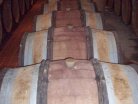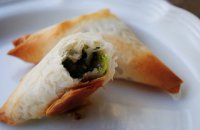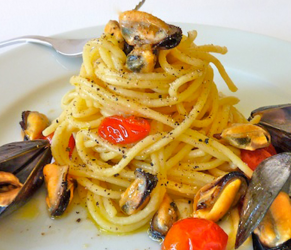Ancient history:
In antiquity, sage was renowned for its medicinal and therapeutic properties from China to Greece. Dioscurides and Hippocrates, among many other ancient botanists and physicians, reported the herb’s plethora of practical applications. Dioscurides described it to be the most effective medication for both sore eyes and hemorrhaging. Sage infusions were believed to restore memory and increase life expectancy. Using it as an antidote for snake bites, the Romans regarded it as a divine plant.
Recognizing that it was a cure for cholera, high fever and epilepsy, Charlemagne encouraged the systematic cultivation of sage across Germany. When 1960 plague broke out in Toulouse, thieves would wash themselves thoroughly with sage extract in an effort to protect themselves as they looted the dead lying in the streets. Along with the disinfectant qualities of rosemary, the phenolic acids in the leaves of sage do, in fact, offer extra antiseptic and antibacterial protection.
Popular medicine:
In Greece, and the entire Balkan region in general, sage oil is used against headaches, mouth ulcers, and tonsillitis. The herb is frequently massaged into the abdominal area in the hopes of relieving stomach pains. Sage infusions are recommended for relieving cold and flu symptoms. The herb is known to aid in digestion and restore proper peptic functioning. Its oils are widely used in aromatherapy applications.
Harvest – Purchase - Storage:
For the best results, harvest sage from the end of May to the end of June, when its efflorescence is at its peak. There are two sage varieties: the broad-leafed and the one with edges rolling inwards. The former is mild in taste and often used in cooking, whereas the latter is used primarily for its medicinal properties.
Collect the broad-leafed variety early in the mornings and dry it in a cool and dark place, so that it retains its aroma. Store the leaves in airtight jars. Always buy sage in bunches during the summer months when it is fresh, and then preserve it on your own.
Cultivation:
Sage is an annual plant with herbaceous stems that grows mainly in mild and hot climates. Approximately 250 subspecies have been recorded around the world, over twenty of which can be found in Greece. Broad-leaved sage is easy to grow from seeds, particularly during springtime. Sage transplanted to large flower pots or directly to soil can grow faster in sunny places.
Cooking:
Sage is very popular within Greek as well as Italian cuisine. It offers a slightly bitter and pungent taste and goes well with pork, duck, sausage and bacon. Its effect is simply that it reduces the taste of fat. It also compliments dishes like fried rabbit, shrimp, and eel, along with other fish rich in fat. It also perfect added to a simple spaghettata.
Cretan cuisine employs sage in the process of smoking sausages, as the herb’s aroma enhances that of the meat. Furthermore, the traditional hard bread of Crete is thought to taste better when baked with twigs of sage in the wood-fired oven. Moreover, there is a delicious Cretan recipe for fried pork liver that makes use of sage.
In certain regions of Greece, villagers fry sage leaves until they become crispy and then dip them in porridge. The taste is truly excellent.
Also, inserting fresh sage leaves into legume packs is known to ward off bugs.
Sage, The Herb for Immortals
Salvia or sage is a perennial, with woody stems, grayish leaves, and blue to purplish flowers native to the Mediterranean region.
Tips
June is the perfect period of the year to pick sage from the mountains.
Category:

































































